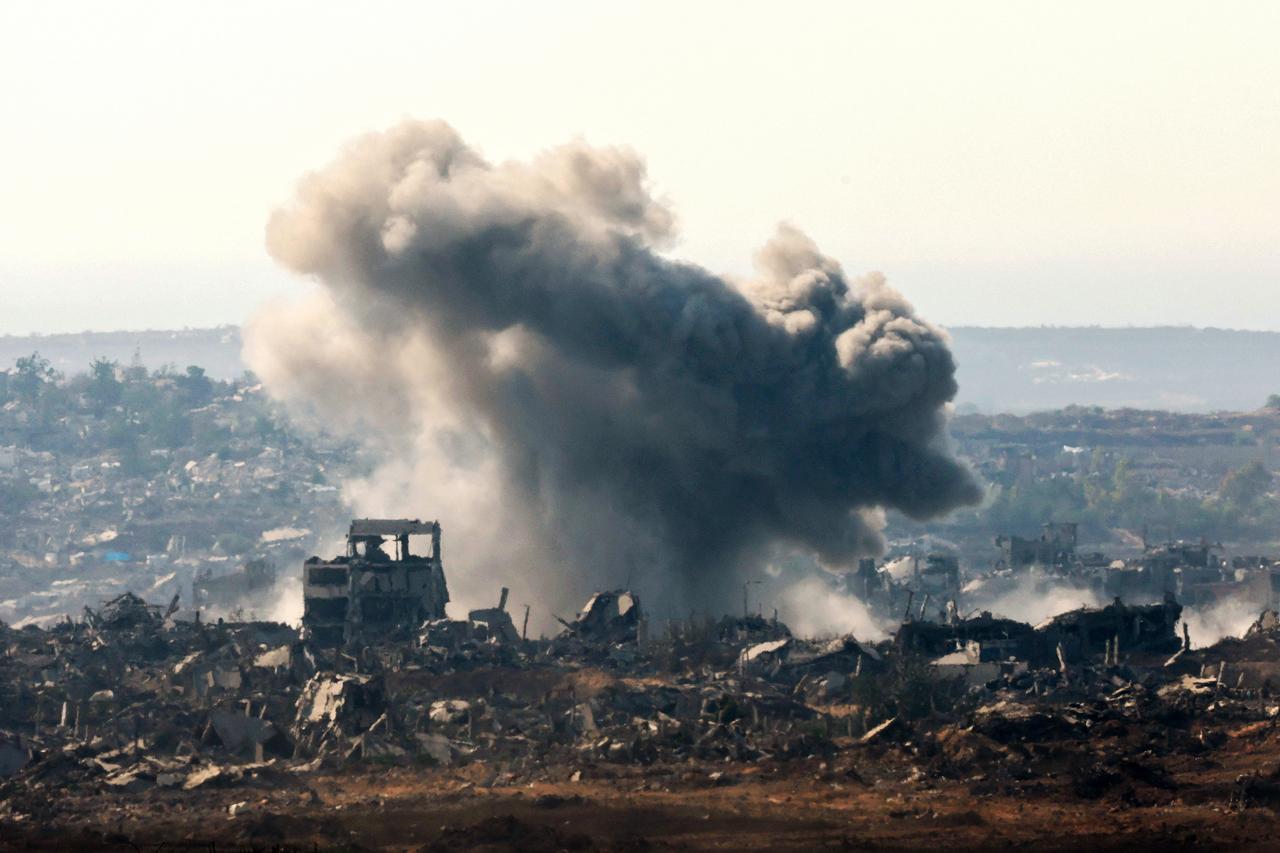
Israeli soldiers have described using armed commercial drones to target Palestinian civilians in Gaza, according to testimonies revealed in an investigation by magazines +972 and Local Call.
The investigation includes testimonies from seven Israeli officers and soldiers who operated in Gaza, revealing that drone strikes were carried out against unarmed civilians—including women and children—to enforce evacuation orders and prevent return to depopulated areas.
The investigation found Israeli forces primarily used EVO drones produced by the Chinese company Autel, originally designed for photography and available for approximately $3,000 on e-commerce platforms. The Israeli military added an attachment called an "iron ball" to enable the drones to carry and drop hand grenades.
According to the soldiers interviewed, these commercial drones became widely used because they are significantly cheaper than military-grade alternatives that can cost around $2 million per unit.
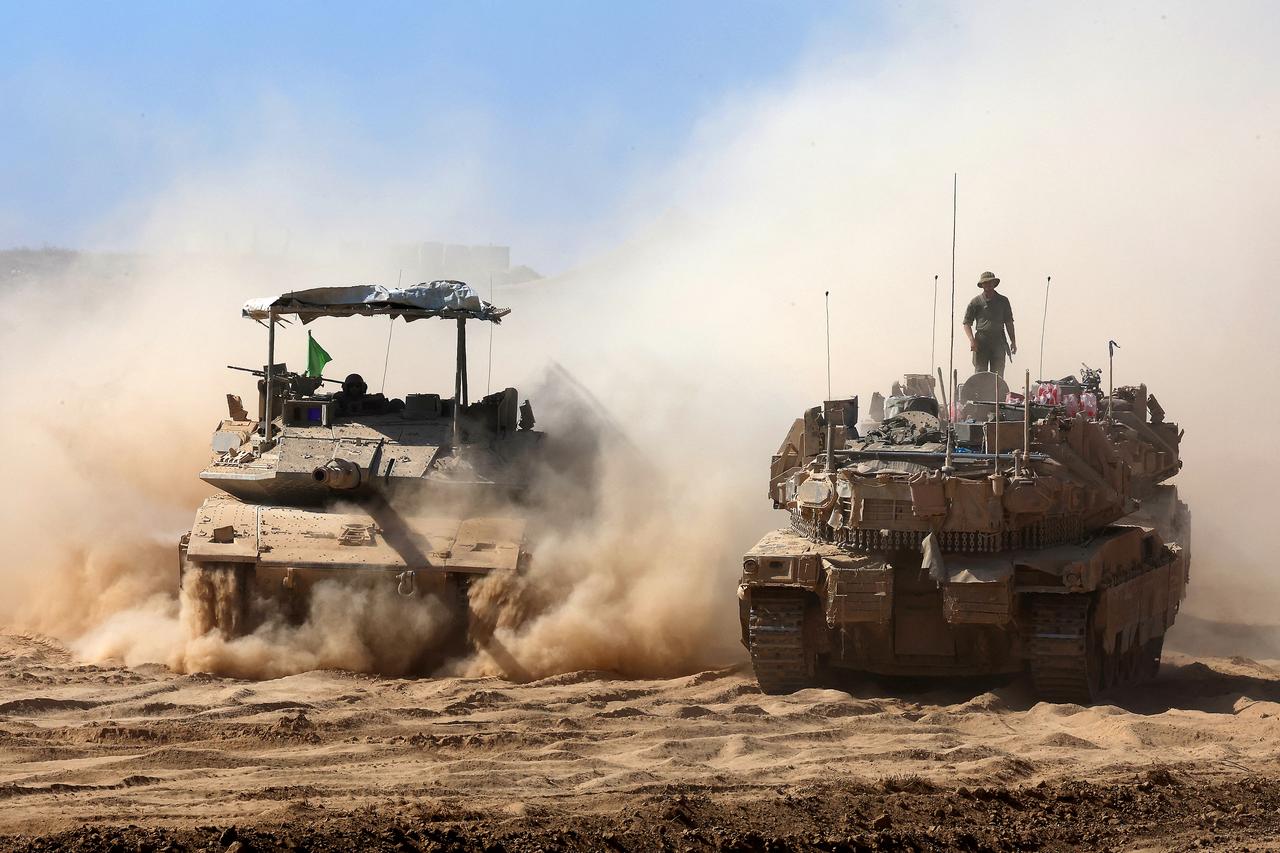
The soldiers said that the Israeli army designated certain areas in Gaza as off-limits or "kill zones," where anyone entering was presumed to be a threat and targeted without warning.
Soldier H., who participated in attacks in the Nuseirat refugee camp area, described the operations: "This technology has made killing much more sterile. It’s like a video game. There’s a crosshair in the middle of the screen, and you see a video image. Then you play with the joystick, see the target, and drop (a grenade). And it’s even kind of cool. Except this video game kills people."
H. said they used joysticks to operate the drones from hundreds of meters away, adding: "Were they aimed at armed militants? Definitely not. Once a commander defines an imaginary red line that no one is allowed to cross, anyone who does is marked for death," even for "walking in the street."
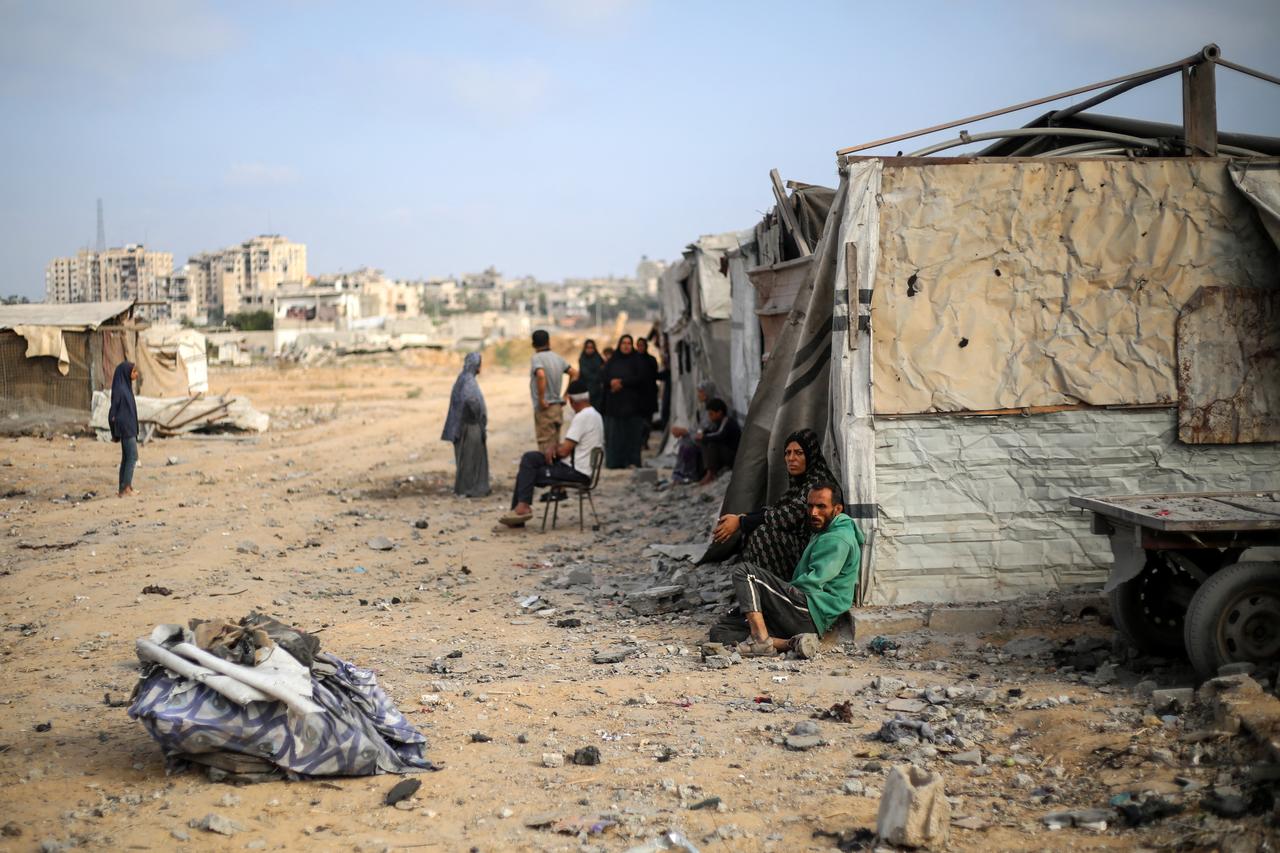
Soldiers described establishing "kill zones" where any Palestinian entering designated areas would be targeted. Soldier S., who coordinated drone attacks in Rafah for nearly 100 days, said his battalion conducted dozens of drone strikes with an average of one Palestinian killed per day.
"It was clear that they were trying to return to their homes—there's no question," S. explained. "None of them were armed, and nothing was ever found near their bodies. We never fired warning shots. Not at any point," he said.
According to S., aside from one person found with a knife and a single encounter with armed fighters, "the scores of others killed" were unarmed civilians.
S. described how Palestinian bodies were left unrecovered after drone strikes. "You could see it on the drone footage," he said. "I couldn't bring myself to watch a dog eating a body, but others around me watched it."
He added: "The dogs have learned to run toward areas where there's shooting or explosions—they understand it probably means there's a body there."
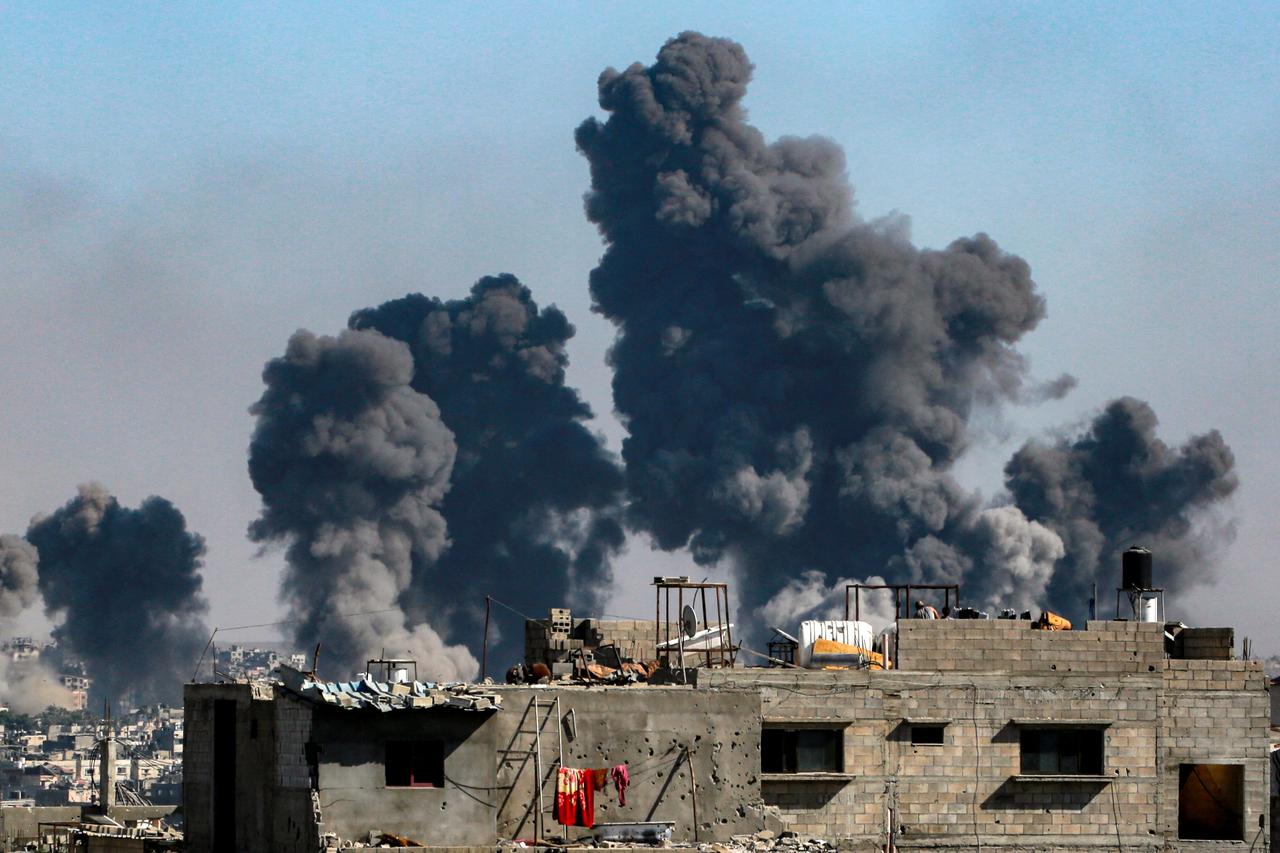
The investigation included accounts of deliberately targeting children. S. described one incident: "There was a boy who entered the (off-limits) zone. He didn't do anything. (Other soldiers) claimed to have seen him standing and talking to people. That's it—they dropped a grenade from a drone."
In another case, soldiers attempted to kill a child riding a bicycle at a great distance from their position, according to S.
Also, according to the investigation, witnesses said drone operators targeted civilians based on arbitrary movement patterns.
"Someone who walks too fast is suspicious because he’s fleeing. Someone who walks too slowly is suspicious because he’s trying to act normal," S. explained.
The justification for lethal force, soldiers said, often boiled down to vague observations like "messing with the ground"—a term used even when civilians were seen picking up clothes or walking in rubble.
Drone strikes have also reportedly occurred near humanitarian aid centers. Civilians in areas like Rafah and Khan Younis recounted fleeing after drones dropped explosives on groups seeking food aid.
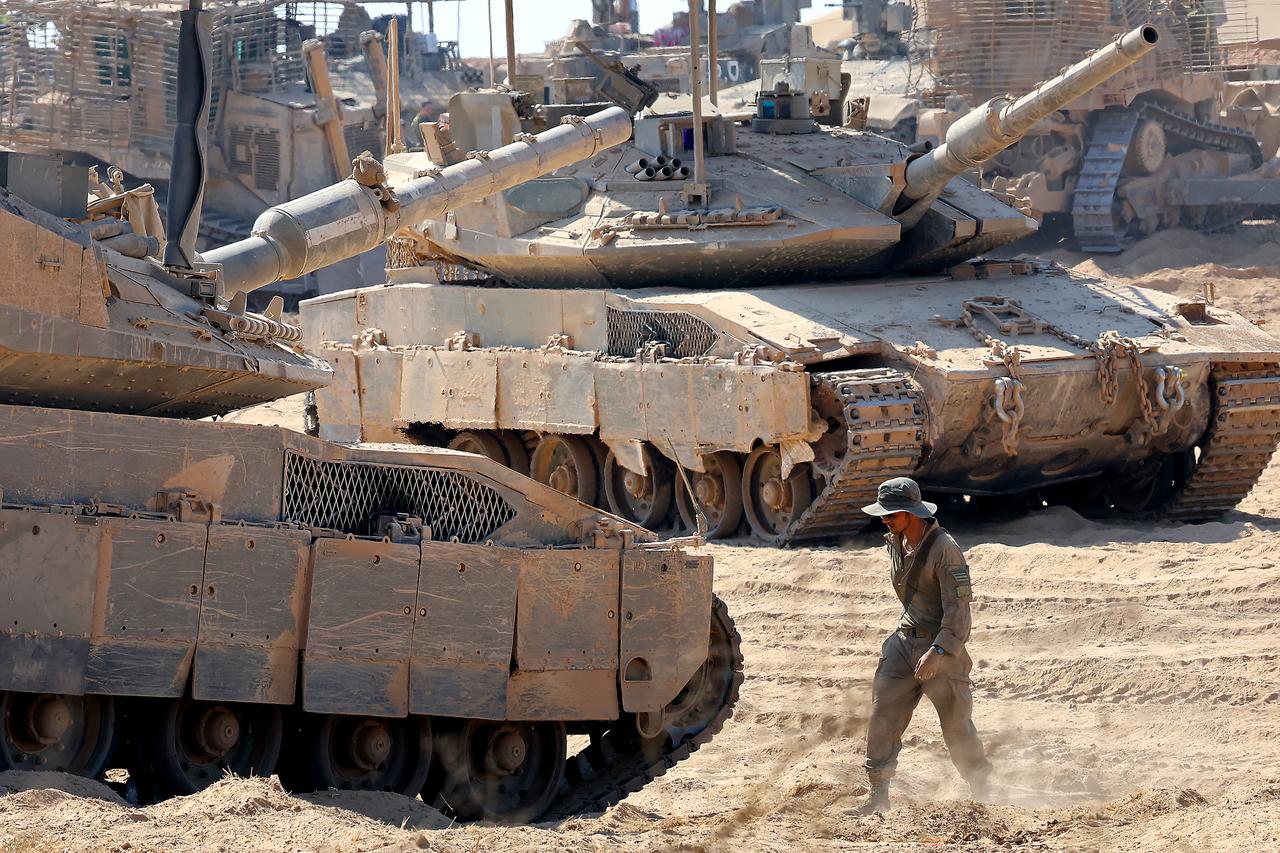
United Nations spokesperson Stephane Dujarric confirmed Thursday that only 75,000 liters of fuel entered Gaza for the first time in 130 days, calling the amount "far from sufficient" to meet daily humanitarian needs.
Dujarric also reported that civilians seeking food were targeted, with many of the wounded being women and children. "All parties to the conflict are obligated under international law to protect civilians and ensure the delivery of humanitarian aid," he said.
UNICEF Executive Director Catherine Russell condemned an attack on civilians waiting for food aid, saying 15 people were killed, including nine children and four women. "The killing of families trying to access life-saving aid is unconscionable," Russell stated.
Russell called the attack a reflection of "the harsh reality that many people in Gaza face today as a result of months of insufficient aid being allowed into the region and failure to uphold the responsibility to protect civilians."
Sixteen Israeli legal experts specializing in international and war law warned that plans for a so-called "humanitarian aid city" in Rafah would constitute war crimes and crimes against humanity.
The experts published a joint letter cautioning Defense Minister Israel Katz and Chief of Staff Eyal Zamir about the plan.
The letter stated that gathering Palestinians in such a facility "could also be considered a genocide crime" and called on "all relevant parties to openly withdraw from, abandon and refrain from implementing the plan."